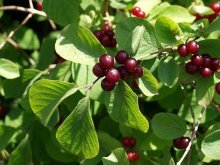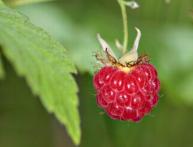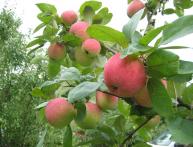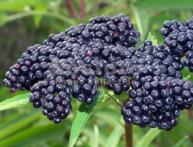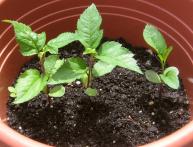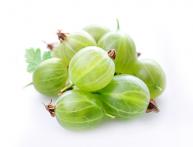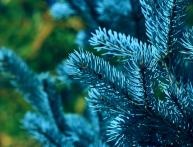Forest honeysuckle, its cultivation and proper planting
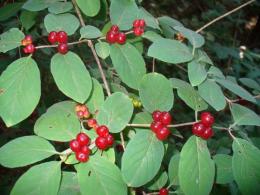
Honeysuckle ordinary, or forest, is a small ornamental shrub with dark green shoots. Popularly, honeysuckle is also called wolf berries. On average, this plant begins to bloom in mid-May. It has fairly large flowers of white, pink and yellow. Most often, the flowers are located in pairs at the ends of the branches.
Berries appear on the bushes in the summer, closer to July. They are quite large in size and dark red in color. Often, they grow together in pairs and are located at the base of the bush. Under no circumstances should the berries be eaten, as this will lead to poisoning. Some plant species have yellow and even black berries.
Content:
- Economic importance of common honeysuckle
- Use of honeysuckle in medicine
- Planting and growing honeysuckle
Economic importance of common honeysuckle
As for the leaves of honeysuckle, they have an oval, slightly elongated shape, and on top they have small hairs. The length of the leaves is 5-6 cm and the width is 4-5 cm. Due to the fact that this plant is more adapted to wild conditions, it is easier to grow for decorative purposes. In forests, honeysuckle grows quickly. This is due to the fact that birds feed on its berries and spread them throughout the territory. Reproduction of shrubs occurs vegetatively. The branches of the plant adhere to the ground and take root.
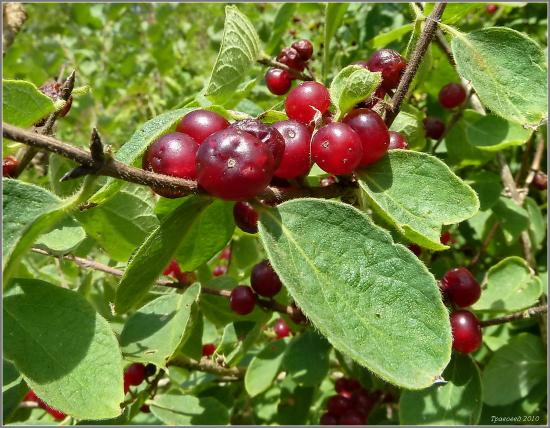
Honeysuckle develops best in soil saturated with lime.Forest honeysuckle is considered a very hardy plant. After all, it is capable of growing both in forest and urban conditions. Shrubs can develop not only in sunlight, but also in the shade. The plant is also very resistant to various pests and diseases.
For economic purposes, honeysuckle is grown as an ornamental plant used to secure developing ravines. At the end of summer, honeysuckle bears red, juicy fruits that are poisonous and have a bitter taste. Very rarely, the wood of the plant is used for gun cleaning rods, shoe nails and other crafts. Berries are also used in small quantities in homeopathy.
Due to its unpretentiousness in the growing process, honeysuckle is used as a hedge for landscaping. The plant also tolerates pruning very easily. Due to the hardness of the wood, it is used to make wooden fakes. Honeysuckle flowers are a valuable honey plant.
Use of honeysuckle in medicine
Forest honeysuckle has antibacterial properties, so it is used to treat many diseases. Honeysuckle juice is used to cure skin diseases (lichen, psoriasis, etc.). Various anti-inflammatory drugs are prepared from the leaves of the plant. medicinal decoctions. Honeysuckle can also overcome even trophic ulcers. To do this, juice is squeezed out of the berries and applied to a cotton-gauze bandage. The bandage must be applied to the damaged area of skin. The plant is an effective laxative and emetic.
For bloating, you can take a decoction of honeysuckle leaves and flowers. Poultices made from leaves effectively help with mastitis, tumors and abscesses.To treat eczema, a concentrated decoction of flowers is used.
For many years, honeysuckle leaves have been used to treat colds. In addition, a compress of leaf decoction helps reduce swelling from insect bites. If you immediately apply a decoction in the form of a compress in case of a bruise, you can prevent the occurrence of bruises and tumors. In addition to berries and leaves, shoots are also used to cure diseases, from which various infusions are prepared. These infusions are good for rheumatism.
Planting and growing honeysuckle
When planting honeysuckle, you must first choose the right soil. It should be moist and well drained. It is also desirable that the soil has a slightly acidic or neutral environment. For better establishment of honeysuckle, you need to fill the planting hole with turf soil, peat, humus and sand. As for seedlings for planting, they must meet the following requirements:
Seedlings When purchasing, they must have closed roots.
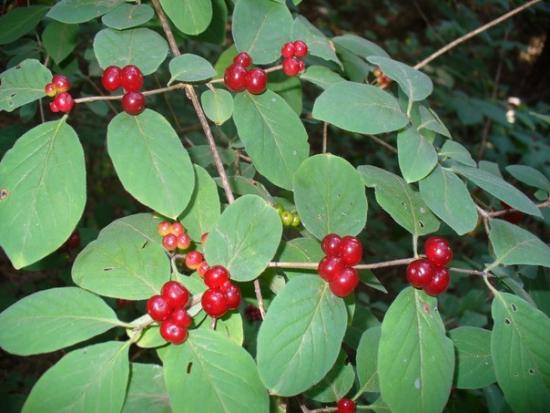
Most often, the roots are packed in plastic bags so that they do not dry out. The length of the seedlings must be at least 30 cm. The seedling must have at least three root shoots. Plants should be selected with green leaves and straight shoots. Honeysuckle is planted in a hole whose depth is 20-30 cm. To protect the planted cuttings from frost, it must be covered with spruce branches for the winter.
The distance between planted cuttings should be 2 meters. During the growth of common honeysuckle, it needs to be looked after periodically. The plant is watered about three times throughout the season. The amount of water per watering is 8 liters.When ovaries appear, the volume of water needs to be increased significantly.
As for fertilizers, honeysuckle is fed in the fall, after all the foliage has fallen. Liquid nitrogen, potassium and phosphorus are used as fertilizers. feeding. Organic fertilizers must be applied fractionally. The first time this must be done at the beginning of May, and the second time at the end of August. Also, fertilization should occur during bud break.
Forest honeysuckle on video:


